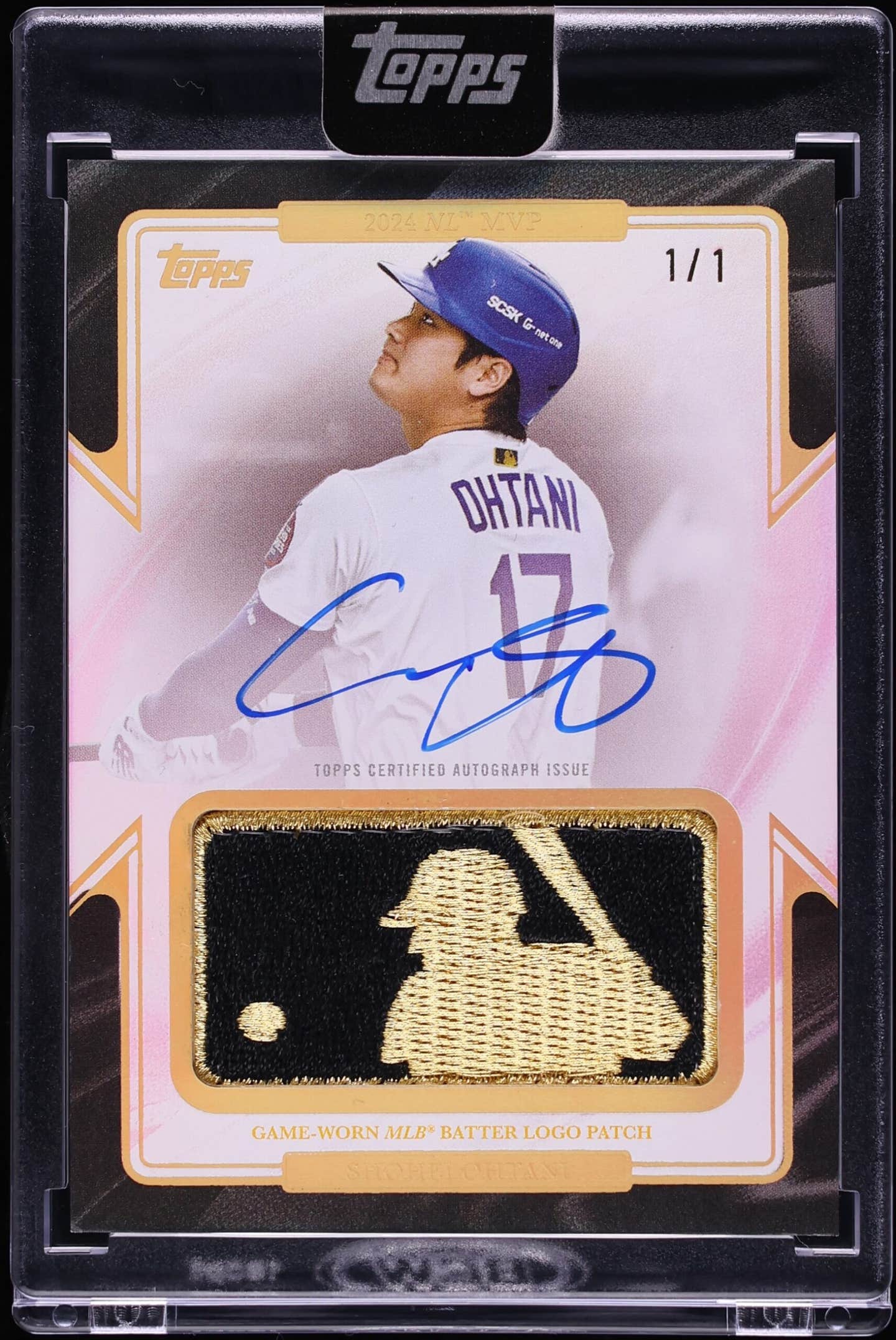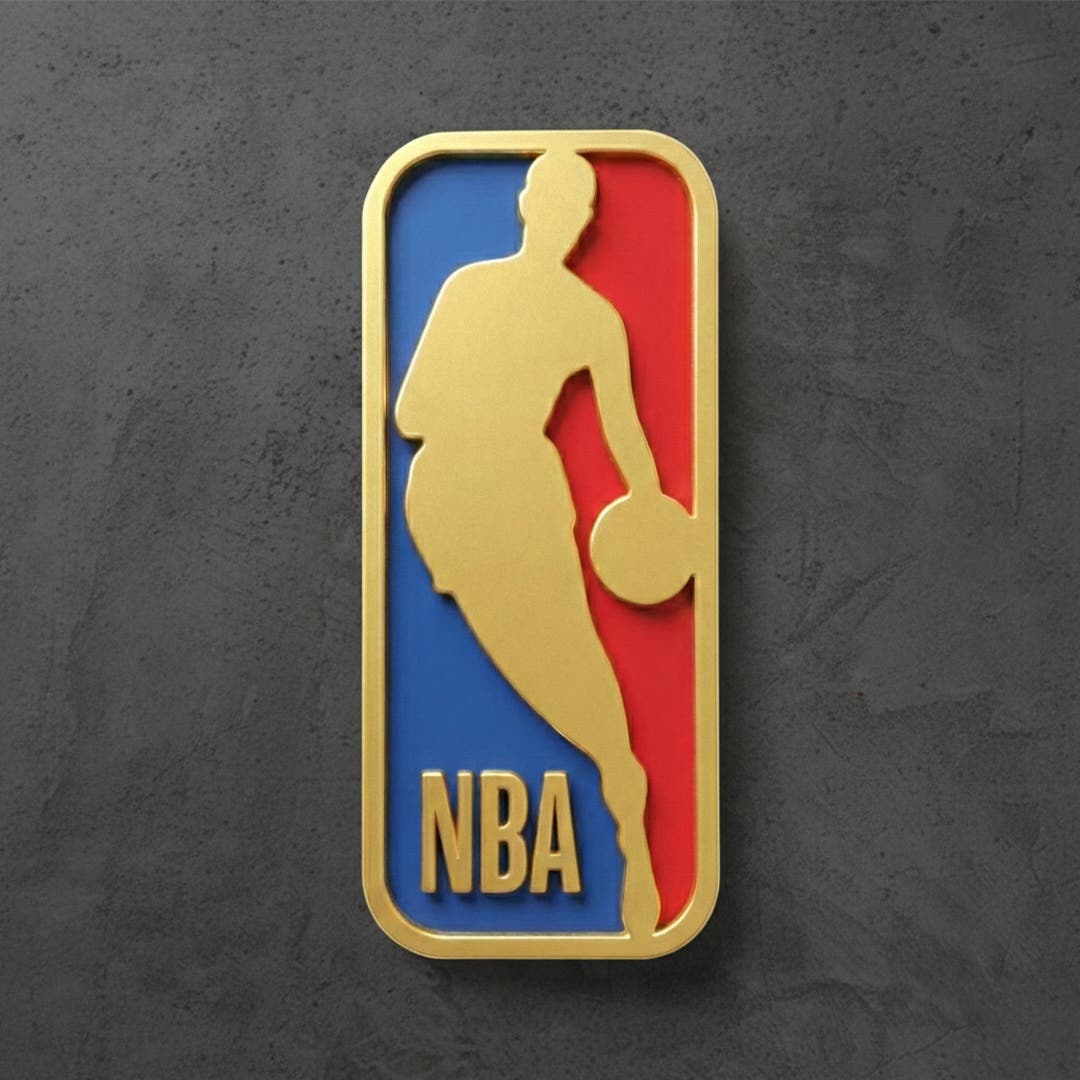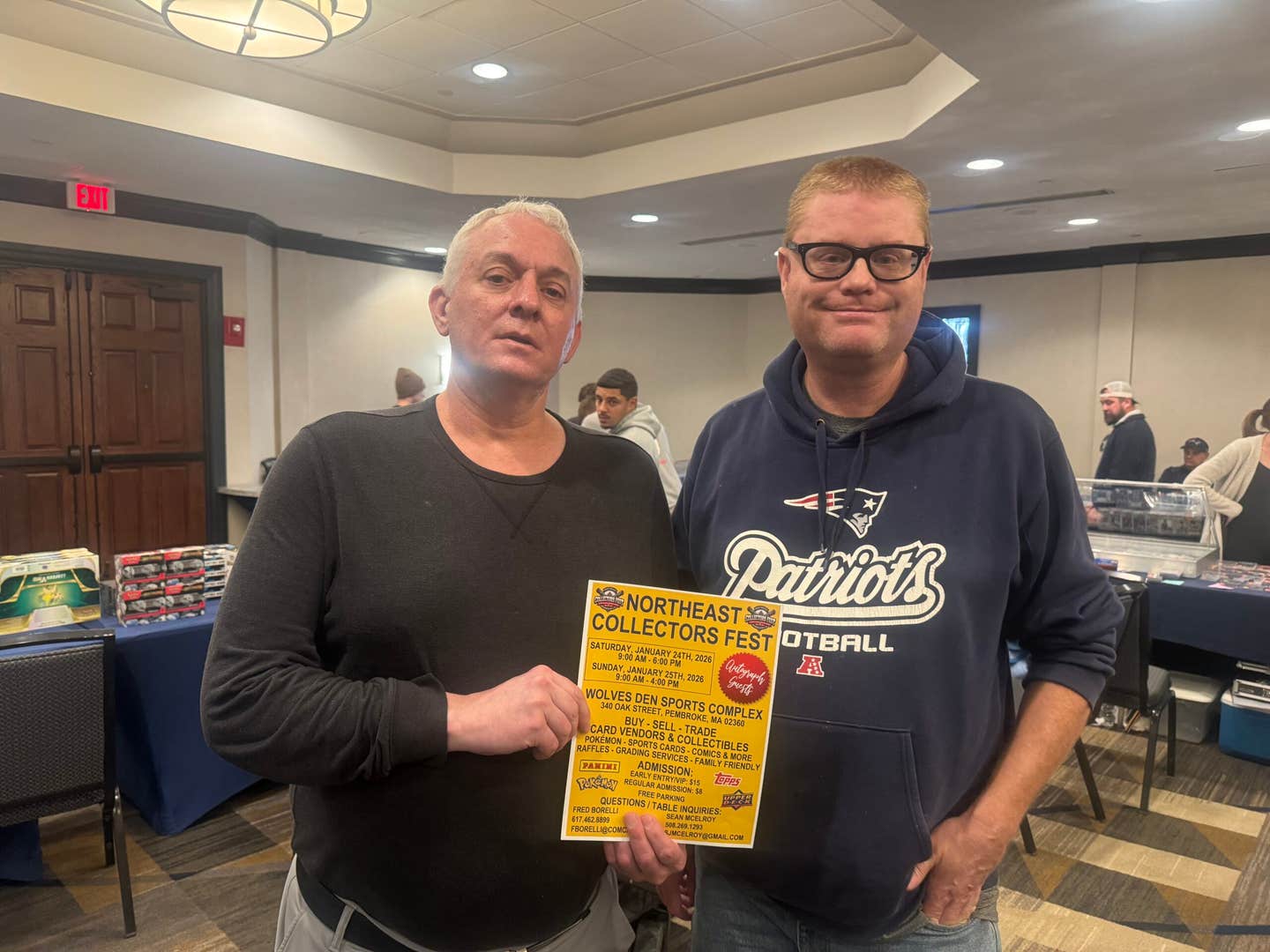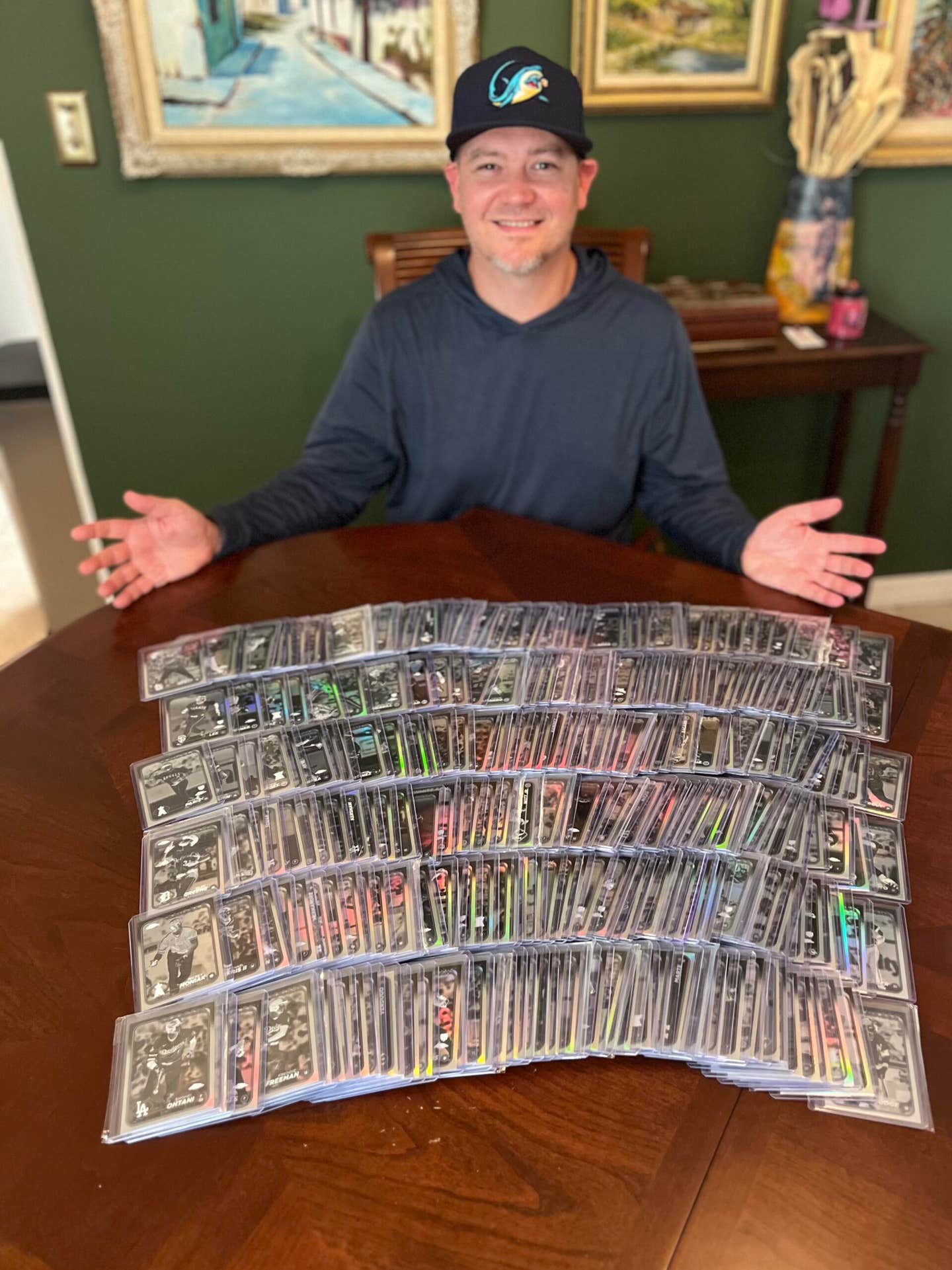Cards
1970s Topps Baseball really, really revisited …
I know the fall is typically when all the swell new shows on television arrive, but here we like to do things a bit differently. We are going to roll out a rerun of an article I wrote and published in Sports Collectors Digest more than 10 years ago. I could head to the archives to check just exactly how long ago, but then I might miss my tee time, and we all know what happens when you do that. (Are you listening, Mr. Furyk?) Actually, I am just taking a few vacation days to head up to play golf in Northern Wisconsin and the Upper Peninsula of Michigan. If you absolutely can’t stomach reruns, I’ll be back with live programming on Wednesday, Sept. 22. The reruns will run Friday, Monday and Tuesday. – O’Connell
The Dark Ages
The period from 1976-80 yielded five of the lamest baseball card sets ever produced by the Topps Co.
Maybe it was just a reflection of the times we were living in, but the last five years of the Topps monopoly brought forth baseball card sets that even by the modest standards of the day were bland, uninspired and tired. If that doesn’t sound like an apt description of the Carter years, we don’t know what does.
Now evaluating baseball cards is about as subjective, as, say, politics, so the potential for disagreement is enormous, but it is rare to find anyone elbowing his way to the forefront to suggest that any of those aforementioned card sets are destined to be classics. That, assuming you do not disagree with the premise, is the bad news. The good news is that the pedestrian nature of the offerings helps to keep demand reasonable, and all five sets could be had for less than the cost of just one of the more popular versions from the front half of the decade.
1976
The year 1976 marked the 20th anniversary of Topps having won its battle with rival Bowman, and 20 years of relatively unchallenged monopoly can leave any outfit a bit complacent. Sure, there had been skirmishes with Fleer in the early 1960s, and there was a more decisive battle with the Philadelphia-based company looming on the horizon, but in 1976 Topps was all alone and had been for some time. It was evident in their card sets.
The lethargy in the design department had been foreshadowed several years earlier, in fact, with ho-hum creations in 1973 and 1974. What kept The Dark Ages from encompassing eight years instead of five was the colorful 1975 set. While purist and novice alike debate the suitability of some of the outlandish color combinations used that year, demand for the set has always been strong, perhaps aided by the famous “Minis” that Topps put out the same year.
But after being so daring one year, Topps fumbled in 1976, limiting the use of color to a pair of panels on the bottom of the card where the player’s name and team appeared and, far worse, employing a nutty position-coding device. This was strikingly similar to a design element in the 1973 set using silhouettes for the various positions, which in turn was reminiscent of the design of the abortive 1963 Fleer set.
But nothing really describes the plight of the 1976 set than to point out that the most famous baseball player in America that bicentennial summer did not have a card in it. Given the meteoric rise to stardom of Mark “The Bird” Fidrych, it is hardly an indictment of Topps staffers that he didn’t manage to get a card, especially since Topps was by this time no longer printing cards in series.
They did take a second stab (a carefully considered choice of words) at a “Traded Set,” producing a 44-card effort that was a full 12 percent less obnoxious than their first such pioneering effort in 1974. Had they considered adding such things as hot rookies in those sets, “The Bird” perhaps could have found a late-season card, but it was customary in those days to expend more energy airbrushing caps to accommodate trades than to glorify some phenom still wet behind the ears. The rookie infatuation in the card business was still a few years away, but if ever a player deserved his own pasteboard, it was Fidrych.
(Postscript: – 2010 – I should always point out that while a particular card set might be described as bland or unattractive, it probably isn't to the guy whose first baseball card pack contained that year. A couple of years I gave a 1976 Topps set to a friend of mine. It was the first year he ever collected, and I thought that it would be fun for him to go through it and put the set in 9-pocket plastic sheets. I mention this not to self-aggrandize, but to remind about a long-running hobby tradition where old-timers would simply give away cards to younger collectors as a means of promoting the hobby and fostering a spirit that gets a bit past dollars and cents. They are, after all, just cardboard.)








